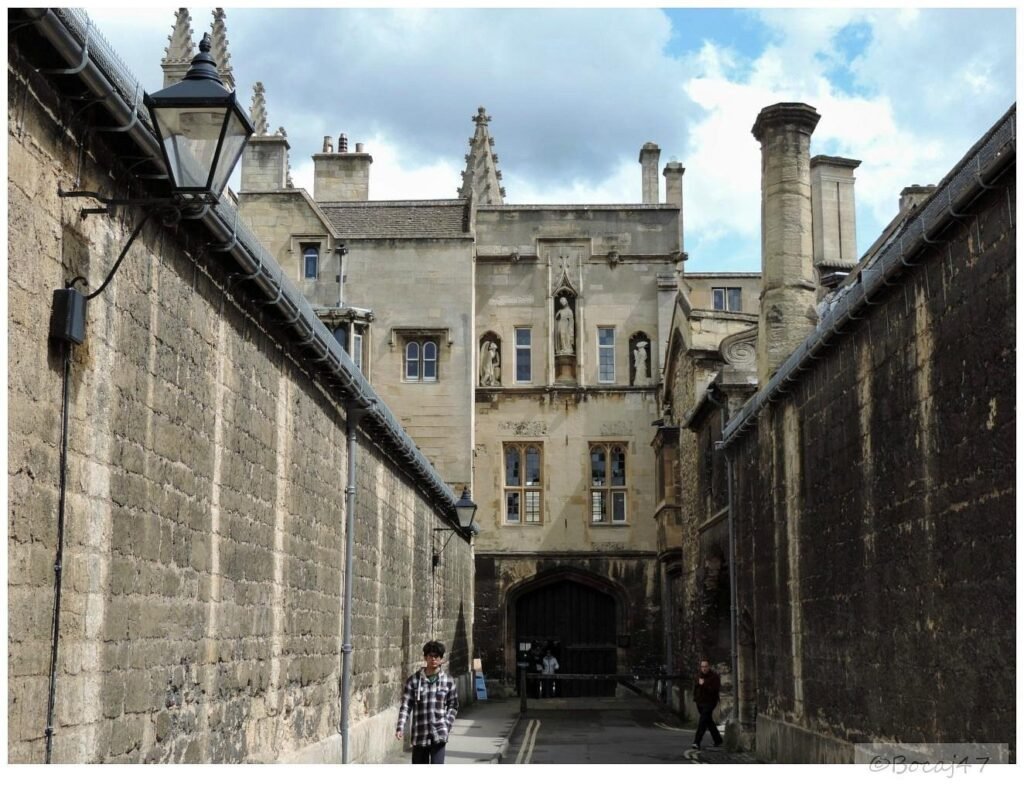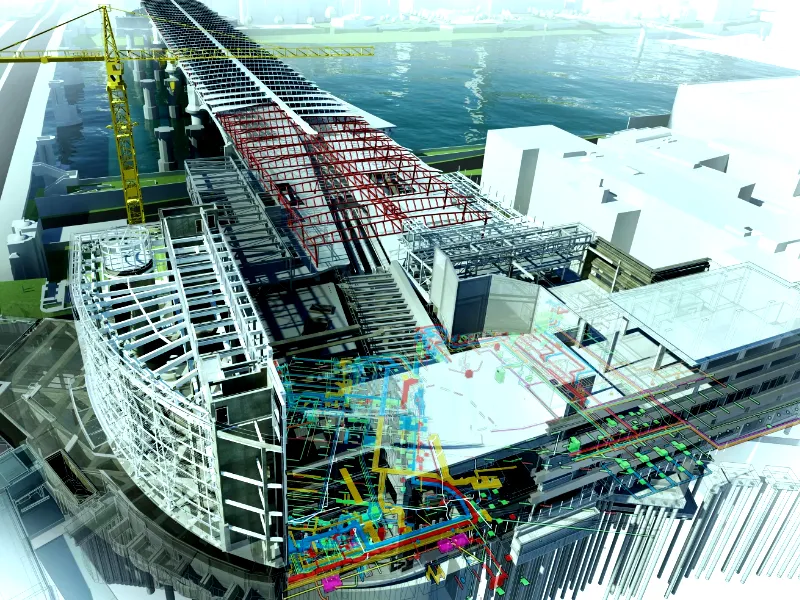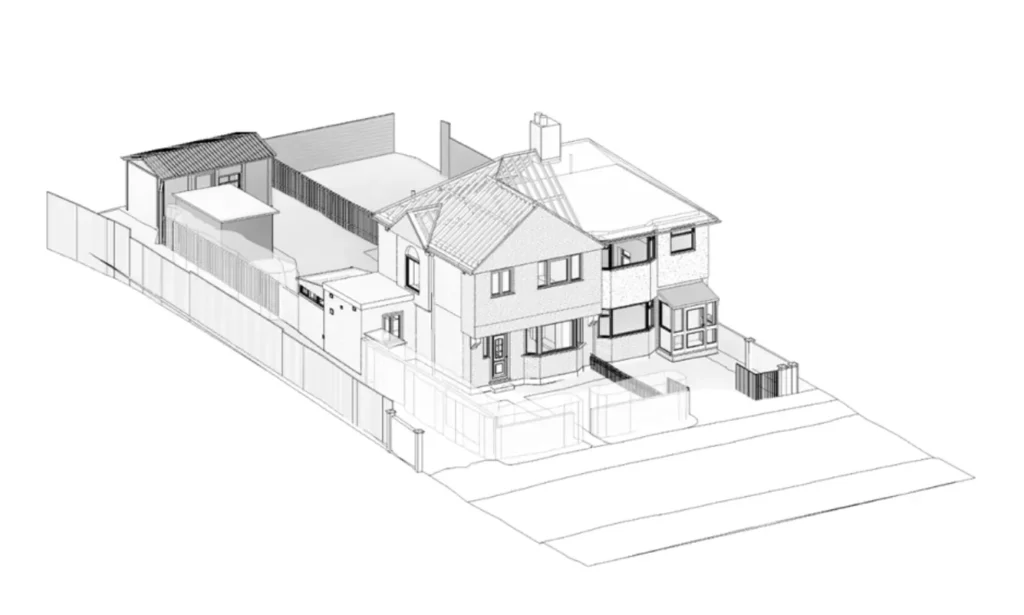
Across the globe, heritage sites stand as enduring testaments to human creativity, culture, and history. From centuries-old cathedrals to traditional timber-framed homes, these landmarks connect us to the past and help shape local identities. But today, these irreplaceable structures face a growing and complex threat from climate change.
As sea levels rise, rainfall patterns shift, and extreme weather becomes more frequent, the materials and foundations of historic buildings are being tested in unprecedented ways.
Saltwater intrusion, structural cracking, mould growth, and erosion are just a few challenges already affecting sites across the UK and beyond. What once took centuries to weather is now deteriorating in decades.
This article explores how heritage preservation efforts, particularly measured building surveys, are evolving to meet these risks. Drawing on the latest guidance from Historic England, UNESCO, and survey specialists, we examine how technology, data, and community involvement are now essential tools for protecting historic buildings in an unstable climate.
The Growing Risk: What Climate Change Means for Heritage

Climate change does not discriminate. While its impact on ecosystems and economies is widely documented, cultural heritage sites, often overlooked in climate policy discussions, are among its most vulnerable victims.
According to Historic England, increased rainfall, coastal erosion, and flooding are leading causes of accelerated deterioration in listed buildings and monuments.
For example, the south-west coast of England has already witnessed the irreversible damage of medieval ruins due to extreme wave exposure. In Scotland, higher humidity is linked to the rapid decay of internal timber structures in castles and churches.
More insidiously, warmer temperatures support the growth of invasive biological agents, such as moss, mould, and insects, which can weaken stone, timber, and mortar. Unlike modern buildings, heritage properties were constructed with materials and techniques that are highly sensitive to environmental changes.
Why It Matters
The destruction of heritage is not just structural, it is cultural. These buildings hold memories, rituals, and meanings passed down through generations. Their loss breaks a link in the human chain that connects us to the past.
In 2021, the University of St Andrews launched a research project investigating how historic places are interpreted through climate change. The findings suggest a deeper emotional and philosophical impact. People perceive the loss of heritage as a loss of identity, and even a rupture in social belonging.
This emotional connection makes it even more critical to act.
The Role of Measured Surveys
Preserving heritage buildings requires more than patchwork repairs. It begins with understanding what exists down to the millimetre, and measured surveys become indispensable.
Survey2Plan records precise building dimensions using high-resolution 3D laser scanning, drone photogrammetry, and advanced Revit modelling. These surveys help capture current conditions and provide a benchmark for future comparison.
How Measured Building Surveys Support Heritage Preservation

A Measured Building Survey (MBS) is more than just a technical drawing it’s a precise record of a building’s physical state, layout, and architectural detail. For heritage sites, this data is invaluable.
By capturing every detail with millimetre accuracy, measured surveys ensure that conservation work is well-informed, respectful, and reversible. Whether it’s planning a sensitive restoration, managing structural risks, or creating a digital archive for future generations, MBS plays a central role in safeguarding cultural heritage.
From supporting Heritage BIM to helping rebuild after disasters, measured building surveys bridge the gap between traditional architecture and modern preservation tools.
Global Recognition of the Problem
The urgency of protecting heritage assets is now gaining traction on the international stage. UNESCO’s “World Heritage and Climate Change” policy document outlines clear directives for integrating climate science with heritage management.
The report encourages all signatory countries to:
- Incorporate climate impact assessments in World Heritage monitoring.
- Fund preventive measures, not just repairs.
- Promote community-based adaptation projects.
- Use digital technologies to document and preserve sites at risk.
Importantly, the policy frames climate change as a threat and an opportunity to modernise conservation thinking. This means shifting from reactive interventions to proactive planning, where surveyors, architects, and climate scientists must work together.
Community Engagement in Preservation
Challenges in the Field
Preservation under climate stress is not without its challenges:
- Inconsistent data: Many heritage assets have never been appropriately surveyed, making it hard to assess current risks.
- Limited funding: Conservation budgets are often tight, and long-term investments in climate resilience may be deprioritised.
- Legal constraints: Some listed buildings require special permissions for minor modifications, slowing down adaptation efforts.
- Skills gap: Not all surveying professionals are trained in heritage-specific methods or climate assessment.
These challenges reinforce the need for comprehensive baseline documentation and better inter-agency collaboration.
How Accurate Documentation Helps Save Heritage

The path ahead requires a united front of government bodies, surveying experts, local communities, and international organisations to align their efforts.
Here’s how the future of heritage preservation can be shaped:
- Integrated risk assessments: Heritage surveys should be coupled with environmental data, such as soil conditions, flood maps, and wind speeds, to predict structural vulnerabilities.
- Digital twins: Creating 3D digital replicas of historic sites can allow stakeholders to simulate the effects of future climate scenarios.
- Policy reform: Planning permissions must evolve to allow faster adaptation without compromising architectural authenticity.
- Open data sharing: Survey data should be stored in accessible platforms so engineers, archaeologists, and policy planners can work from a shared truth.
At Survey2Plan, we are committed to supporting these efforts by delivering surveys that do more than measure; they empower. Our work helps conserve the past and prepare heritage for the future.




